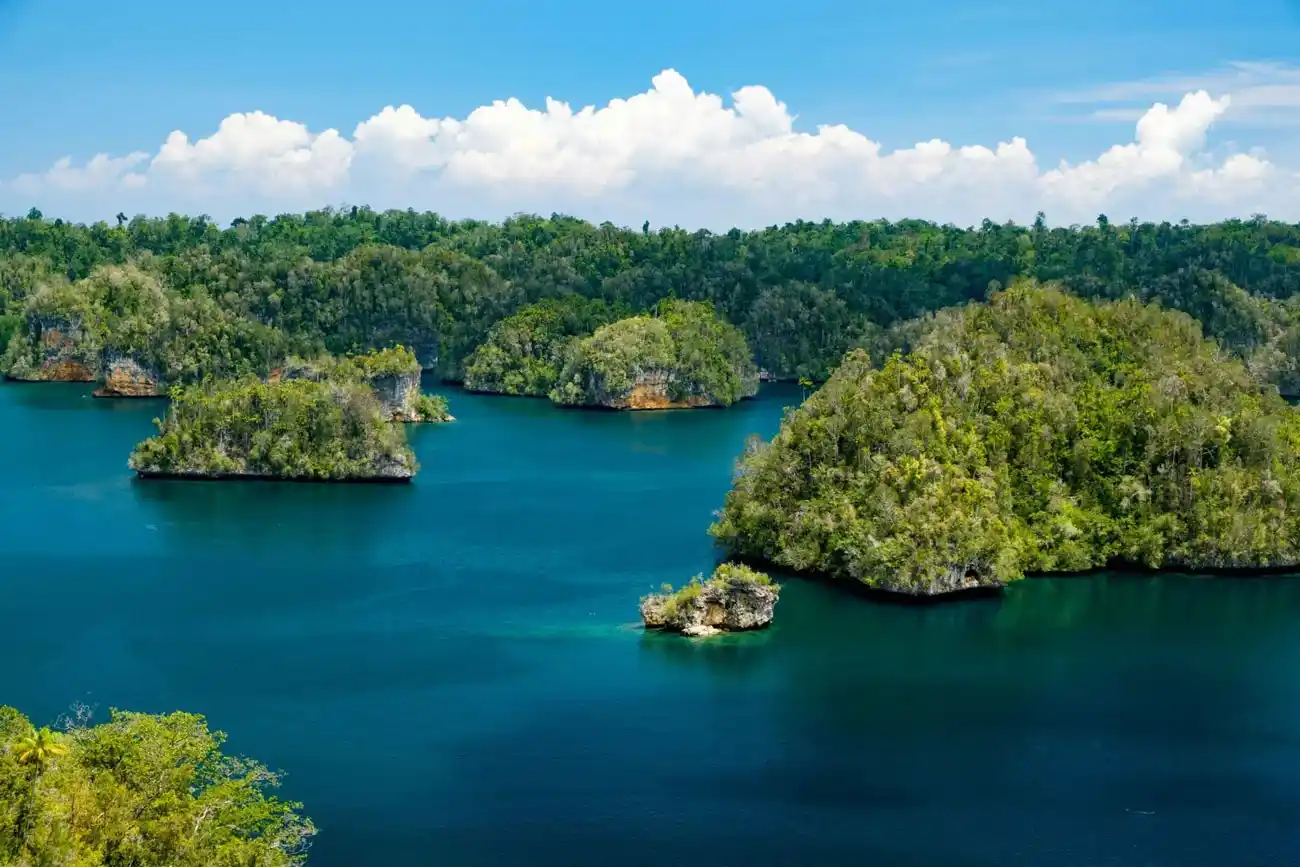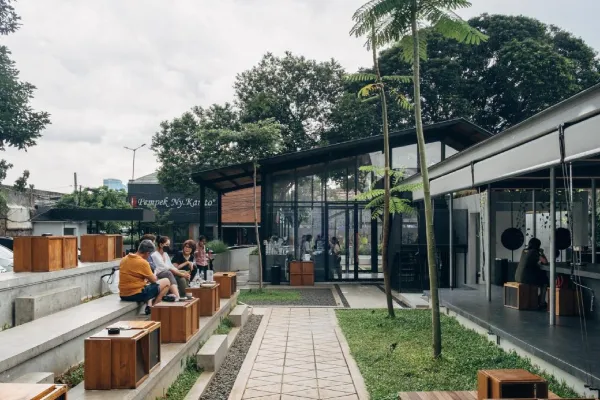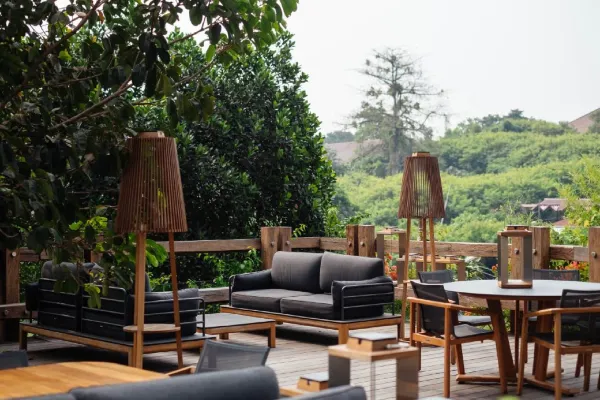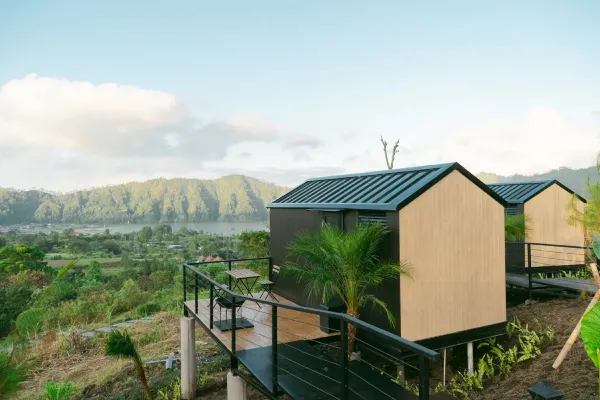Indonesian Conservation- Beyond its rich culture and breathtaking landscapes, Indonesia is home to conservation areas teeming with enchanting and awe-inspiring flora and fauna. From dense tropical rainforests and expansive savannas to mesmerizing coral reefs, these regions are the natural habitat of countless unique species you won’t find anywhere else in the world.
These conservation areas are perfect for anyone looking to combine an unforgettable vacation with a deeper understanding of Indonesia’s extraordinary biodiversity. Let’s dive into the beauty of 10 remarkable conservation sites and discover the unparalleled wonders of Indonesia’s natural heritage!
What Are Indonesia’s Flora and Fauna Conservation Sites?
Conservation sites are like safe havens for Indonesia’s plants and animals, especially those that are rare or endangered. These areas are carefully managed to protect wildlife from threats like illegal hunting, deforestation, and climate change, ensuring they can survive and thrive. Beyond sheltering wildlife, these sites are also places for research, education, and eco-friendly tourism.
Visitors can see unique species up close and learn how important it is to protect nature. Conservation areas are a vital investment in our planet’s future, preserving biodiversity as a gift for future generations. By exploring these places, you’re not just enjoying nature—you’re helping to protect it for years to come.
What Are Indonesian Conservation Areas for Flora and Fauna?
1. Way Kambas National Park
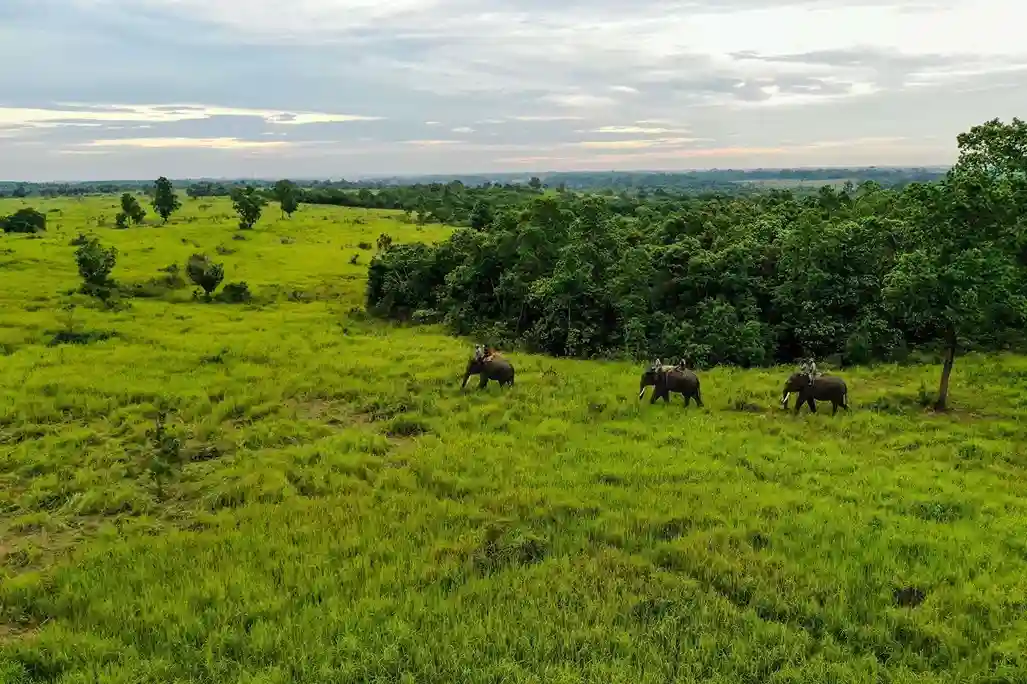
The first Indonesian Conservation organization located in East Lampung, Way Kambas National Park is a paradise for nature and wildlife lovers. Famous as the home of the Sumatran Elephant, it also shelters rare animals like the Sumatran Rhino, Tiger, Tapir, and many exotic birds. This beautiful tropical forest is a perfect blend of stunning scenery and wildlife conservation.
One of its highlights is the Pusat Latihan Gajah (Elephant Training Center), where you can watch elephants being trained and even interact with them. Just two hours from Bandar Lampung, the park is easy to reach by private or public transport. Simply drive towards Metro, continue to Sukadana, and follow the signs to Way Kambas. More than a photographer’s dream, a visit to Way Kambas lets you truly appreciate Indonesia’s efforts to protect its natural treasures.
2. Ujung Kulon National Park
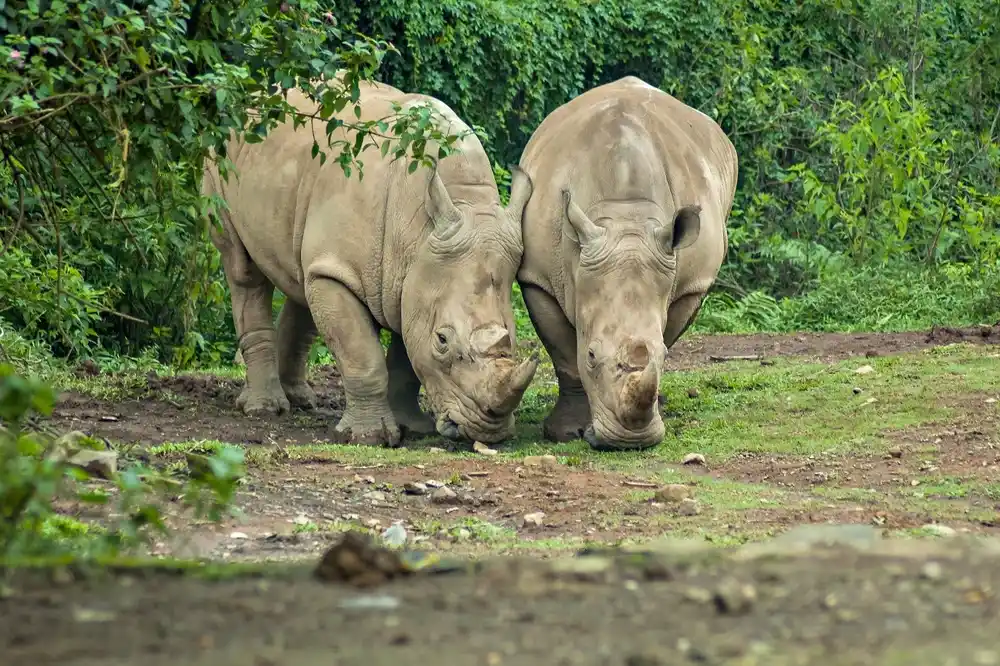
At the western tip of Java Island in Pandeglang Regency, Banten Province, Ujung Kulon National Park is a haven for nature lovers. It’s the last sanctuary of the critically endangered Javan Rhino, along with Javan Gibbon, Mouse Deer, Leopard, and various bird species. The park also boasts stunning flora, including Meranti trees, palms, and tropical rainforest plants.
With its mix of forests, savannas, beaches, and islands like the popular Peucang Island, the park offers diverse landscapes to explore. Getting there is simple: drive from Jakarta to Pandeglang, continue to Labuan and Sumur, then take a boat to key spots like Peucang or Handeuleum Island.
3. Baluran National Park
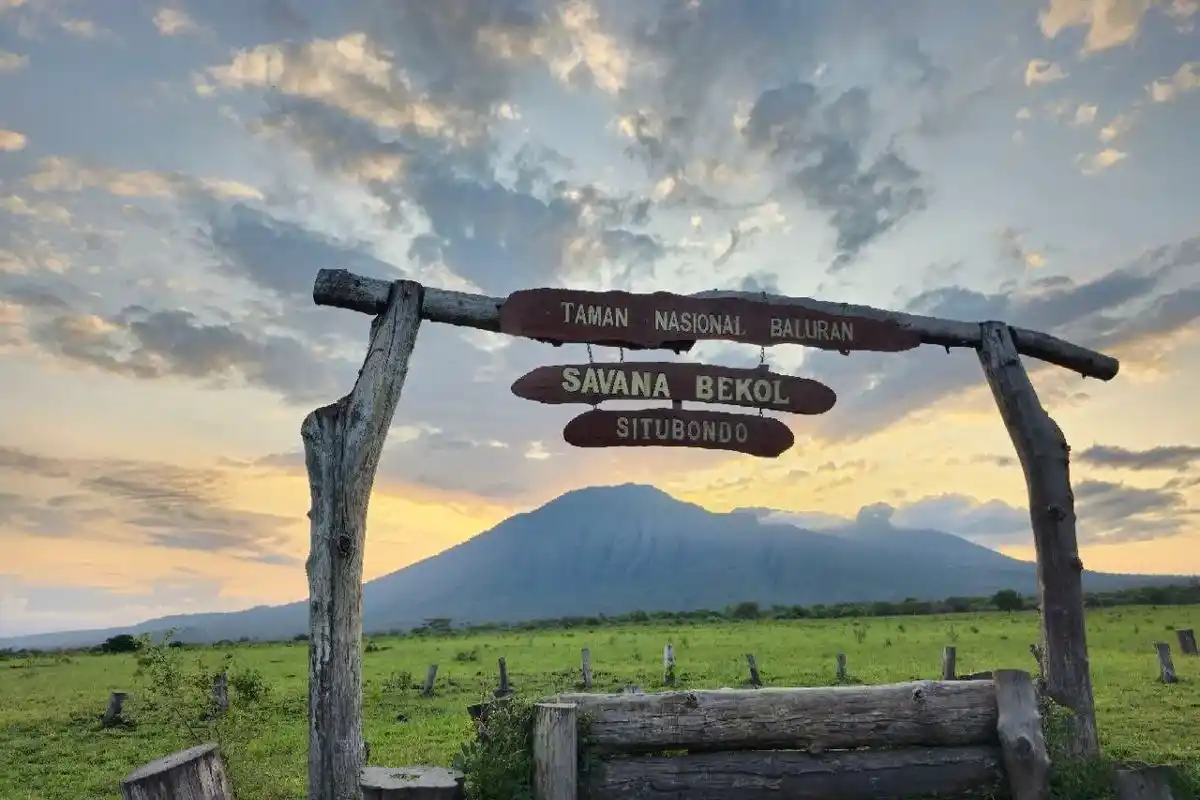
Next, Indonesian Conservation has nicknamed the “Africa of Java,” Baluran National Park in Situbondo, East Java, offers a stunning savanna landscape. The park is home to unique plants like acacia trees and lontar palms and exotic animals such as Banteng, Timor Deer, Wild Buffalo, Green Peafowls, and Leopards, giving it a wild, African-like charm.
Reaching Baluran is easy from either Banyuwangi (35 km away) or Situbondo (60 km away). Head to Banyuputih and find the main entrance in Wonorejo Village. Top attractions include the Bekol Savanna for safari-style photography and Bama Beach for snorkeling or sunrise views.
4. Alas Purwo National Park
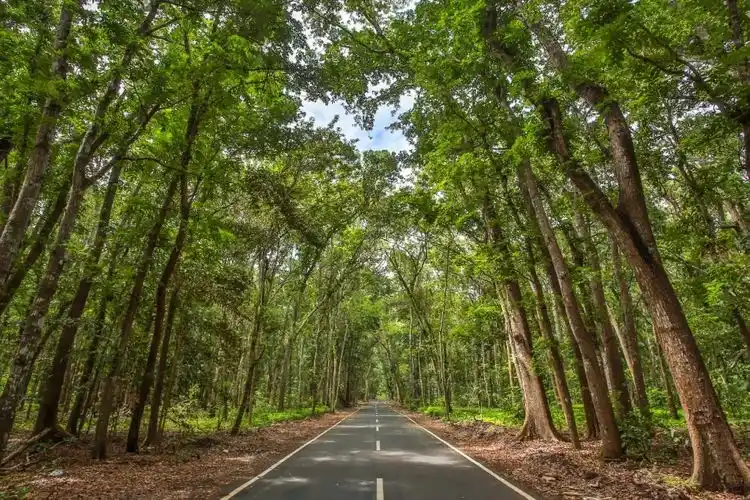
At the southeastern tip of Java in Banyuwangi, East Java, Alas Purwo National Park is known as Java’s oldest forest, offering untouched natural beauty. It features mangroves, bamboo, tropical rainforests, and wildlife like Banteng, Deer, Leopards, Green Peafowls, and various birds.
The park is about 60 km from Banyuwangi city and can be reached via the Banyuwangi-Kalipuro Road to Trianggulasi Village, the main entrance. Top attractions include Plengkung Beach (G-Land), a surfer’s paradise, and Istana Cave, with spiritual significance. Combining beaches, forests, and history, Alas Purwo is perfect for nature and adventure enthusiasts!
5. Tanjung Puting National Park
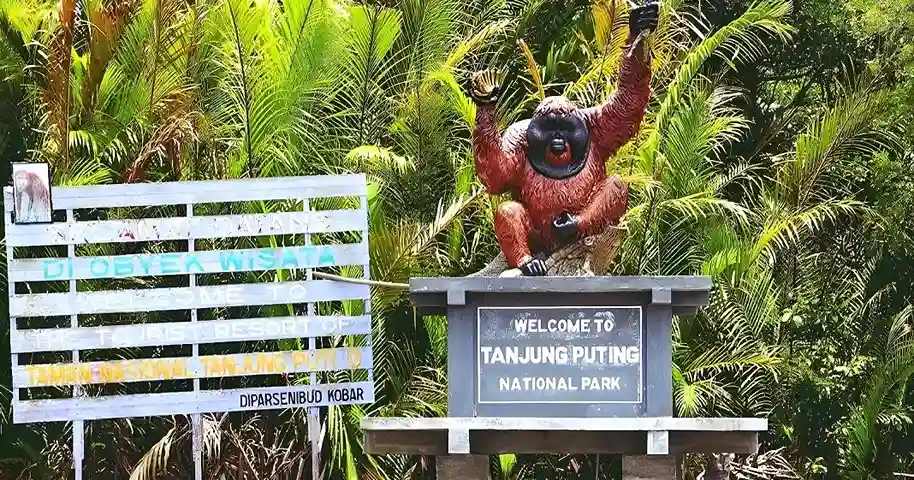
Located in Central Kalimantan on the Tanjung Puting Peninsula, Tanjung Puting National Park is the world’s largest sanctuary for Bornean Orangutans. It also hosts unique animals like Proboscis Monkeys, Clouded Leopards, Hornbills, and Saltwater Crocodiles. The park’s lush vegetation includes mangroves, peat swamps, and rare tropical trees.
To visit, travel 20 km from Pangkalan Bun to Kumai Port, where you’ll board a traditional klotok boat to explore the Sekonyer River. Highlights include Camp Leakey, an orangutan rehabilitation center, and the unforgettable experience of cruising through wildlife-filled tropical forests.
6. Lore Lindu National Park
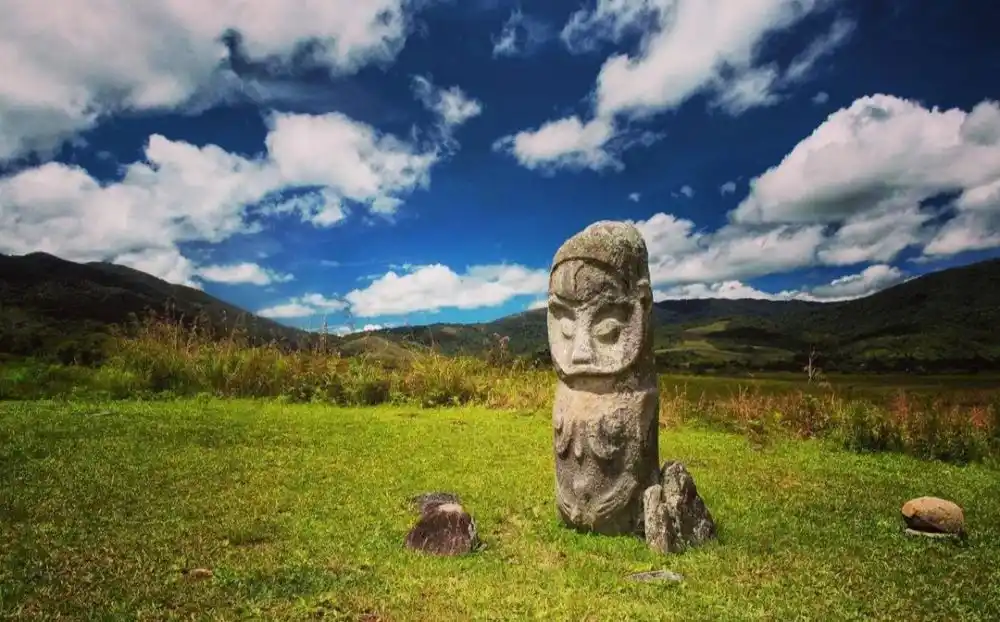
Lore Lindu National Park, located in Central Sulawesi’s Poso and Sigi Regencies, is a treasure trove of biodiversity. This tropical rainforest is home to unique animals like the Anoa, Babirusa, Bear Cuscus, and Maleo bird, as well as towering trees, wild orchids, and rare plants.
A 3-4 hour drive from Palu leads to Wuasa Village, the park’s main entrance. Highlights include Lake Lindu, beautiful valleys, waterfalls, and ancient megalithic sites. Lore Lindu combines stunning nature with rich history, making it perfect for eco-tourists and history lovers.
7. Kerinci Seblat National Park
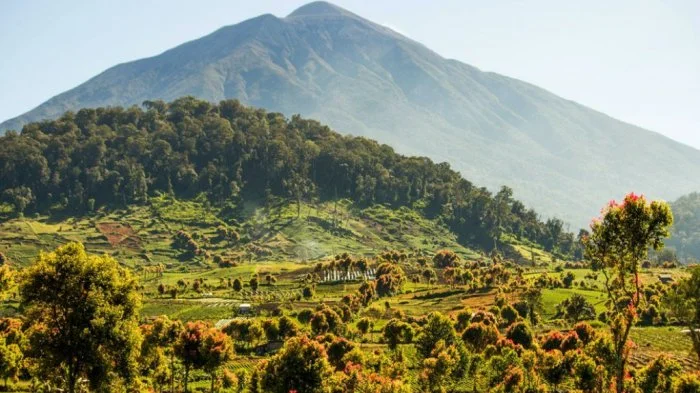
Kerinci Seblat National Park (KSNP), spanning Jambi, West Sumatra, Bengkulu, and South Sumatra, is Sumatra’s largest conservation area. It protects rare wildlife like the Sumatran Tiger, Sumatran Elephant, Sun Bear, and unique birds, along with iconic plants like the giant Rafflesia Arnoldii and Amorphophallus Titanum.
Getting there involves an 8-hour drive from Jambi to Sungai Penuh, the main gateway, with scenic mountain views along the way. Must-see spots include Mount Kerinci, Indonesia’s tallest volcano, Lake Gunung Tujuh, and lush forests perfect for trekking and wildlife watching. KSNP is a dream destination for nature lovers and adventurers, highlighting Sumatra’s rich biodiversity.
8. Meru Betiri National Park
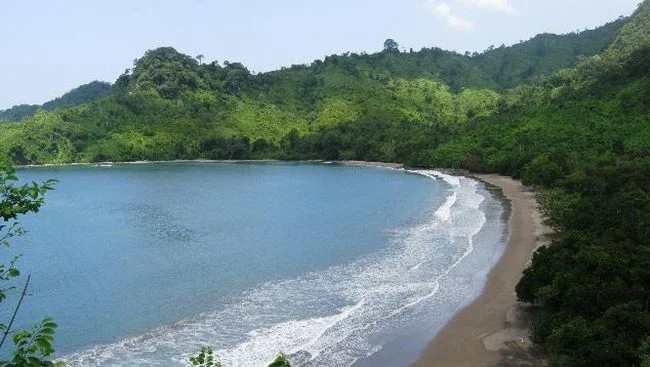
Meru Betiri National Park (MBNP), located in southern East Java across Jember and Banyuwangi Regencies, is famous for protecting rare wildlife like the Javan Leopard and Javan Langur. It also features unique plants, including the Rafflesia Zollingeriana, Damar trees, and mangroves.
A highlight of the park is Sukamade Beach, where visitors can watch sea turtles lay eggs and even release baby turtles into the ocean. The park is about a 4-5 hour drive from Jember to Sarongan Village, followed by a rugged trip to Sukamade. Other attractions include mangrove forests, Teluk Meru Bay for trekking, and a chance to experience nature up close.
9. Mount Halimun-Salak National Park
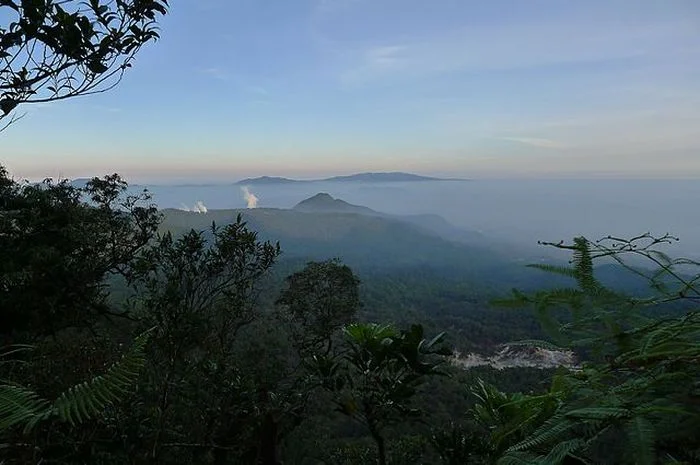
Straddling Bogor, Sukabumi, and Lebak Regencies in West Java, Mount Halimun-Salak National Park (MHNP) is a vital sanctuary for the Javan Gibbon, Javan Leopard, and Javan Hawk-Eagle, alongside towering Rasamala trees and forest orchids. Its lush tropical rainforest plays a critical role in sustaining biodiversity.
From Bogor, a 2-3 hour drive leads to entry points in Citalahab Village or Cidahu Village. Though some paths are steep and rocky, the journey rewards visitors with mesmerizing spots like Ciparay and Sawer Waterfalls, the Canopy Trail for elevated forest views, and Ciptagelar Village, where traditional Sundanese culture thrives.
10. Lorentz National Park
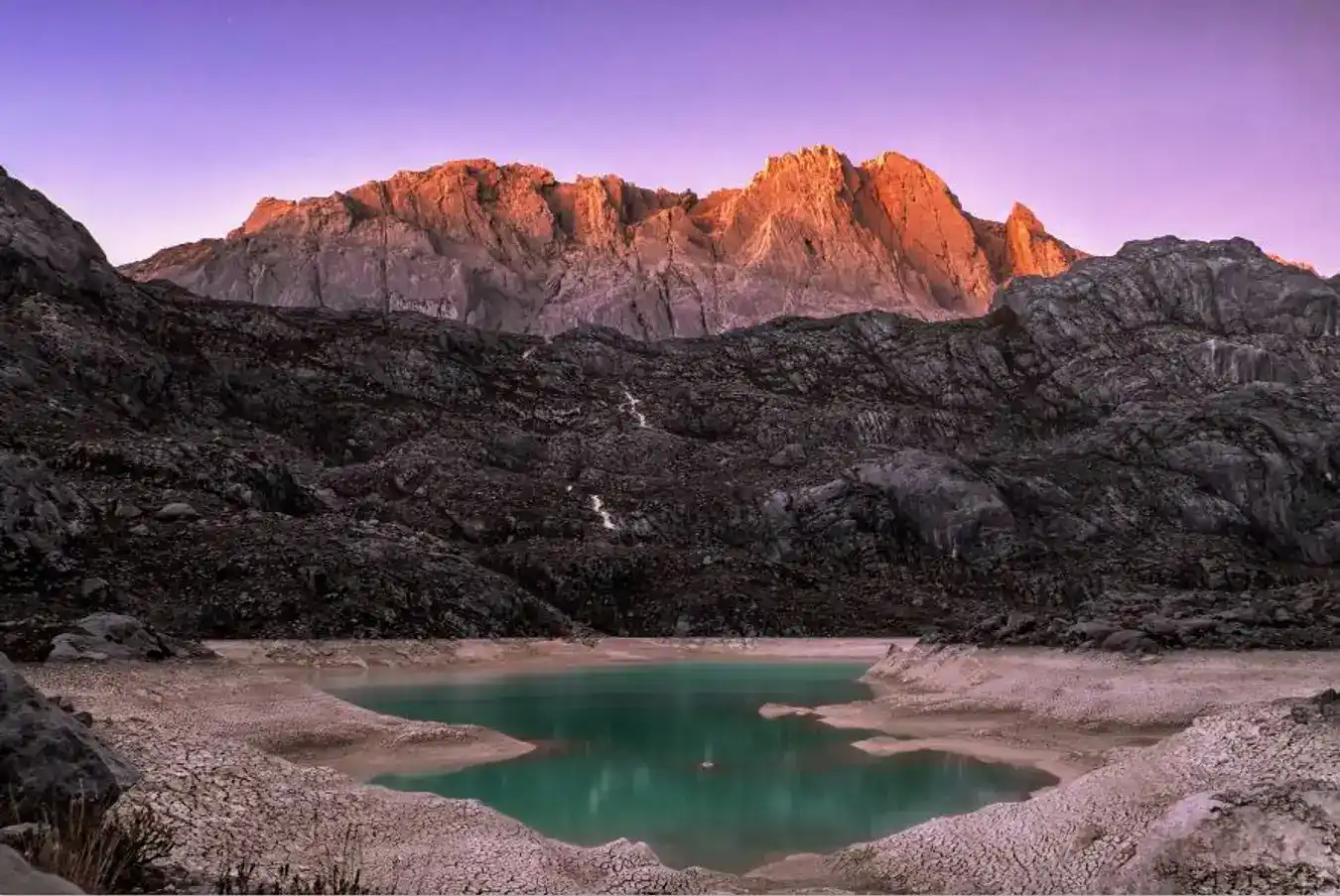
Next, Indonesian Conservation is located in Papua, Lorentz National Park is one of Southeast Asia’s largest parks and a UNESCO World Heritage Site. Its diverse landscapes range from tropical rainforests and savannas to the glaciers of Puncak Jaya. The park is home to unique wildlife like Birds of Paradise, Cassowaries, and Tree Kangaroos, along with stunning orchids and endemic Papuan plants.
The journey to Lorentz starts in Timika, accessible by flights from Jayapura or other major cities. From there, local transport takes visitors to villages like Sugapa or Ilaga, the park’s entry points. Highlights include its rich ecosystems, the vibrant culture of indigenous tribes like the Dani and Amungme, and breathtaking views of snow-capped mountains and tropical forests.
Stretching from Sabang to Merauke, Indonesia’s conservation areas showcase the nation’s immense natural wealth. Each destination offers its own charm, with stunning flora and fauna that captivate and inspire.
These sanctuaries not only provide a home for countless rare species but also remind us of the importance of preserving our environment. Start planning your visit to one of these remarkable destinations today, and be part of Indonesian conservation journey!
Looking for amazing travel recommendations or must-try culinary delights in Indonesia? Dive into exciting articles on GOERS!
Want to explore trending destinations or join thrilling events? Book your tickets on GOERS and enjoy exclusive promotions and deals!

